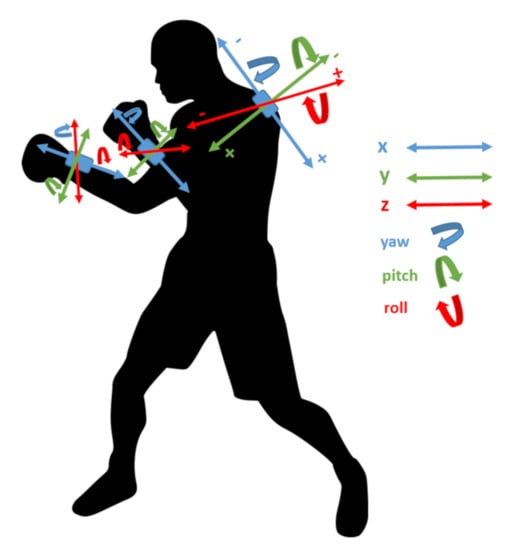An Evaluation of Wearable Inertial Sensor Configuration and Supervised Machine Learning Models for Automatic Punch Classification in Boxing
Abstract
Share and Cite
Worsey, M.T.O.; Espinosa, H.G.; Shepherd, J.B.; Thiel, D.V. An Evaluation of Wearable Inertial Sensor Configuration and Supervised Machine Learning Models for Automatic Punch Classification in Boxing. IoT 2020, 1, 360-381. https://doi.org/10.3390/iot1020021
Worsey MTO, Espinosa HG, Shepherd JB, Thiel DV. An Evaluation of Wearable Inertial Sensor Configuration and Supervised Machine Learning Models for Automatic Punch Classification in Boxing. IoT. 2020; 1(2):360-381. https://doi.org/10.3390/iot1020021
Chicago/Turabian StyleWorsey, Matthew T. O., Hugo G. Espinosa, Jonathan B. Shepherd, and David V. Thiel. 2020. "An Evaluation of Wearable Inertial Sensor Configuration and Supervised Machine Learning Models for Automatic Punch Classification in Boxing" IoT 1, no. 2: 360-381. https://doi.org/10.3390/iot1020021
APA StyleWorsey, M. T. O., Espinosa, H. G., Shepherd, J. B., & Thiel, D. V. (2020). An Evaluation of Wearable Inertial Sensor Configuration and Supervised Machine Learning Models for Automatic Punch Classification in Boxing. IoT, 1(2), 360-381. https://doi.org/10.3390/iot1020021







